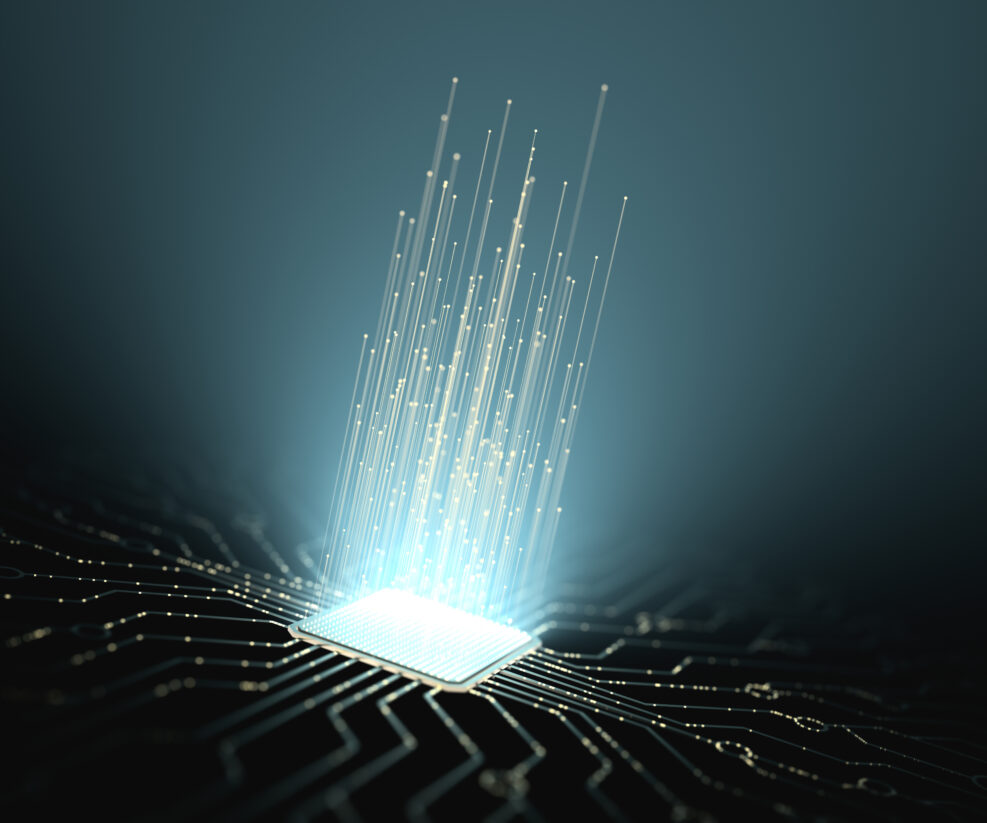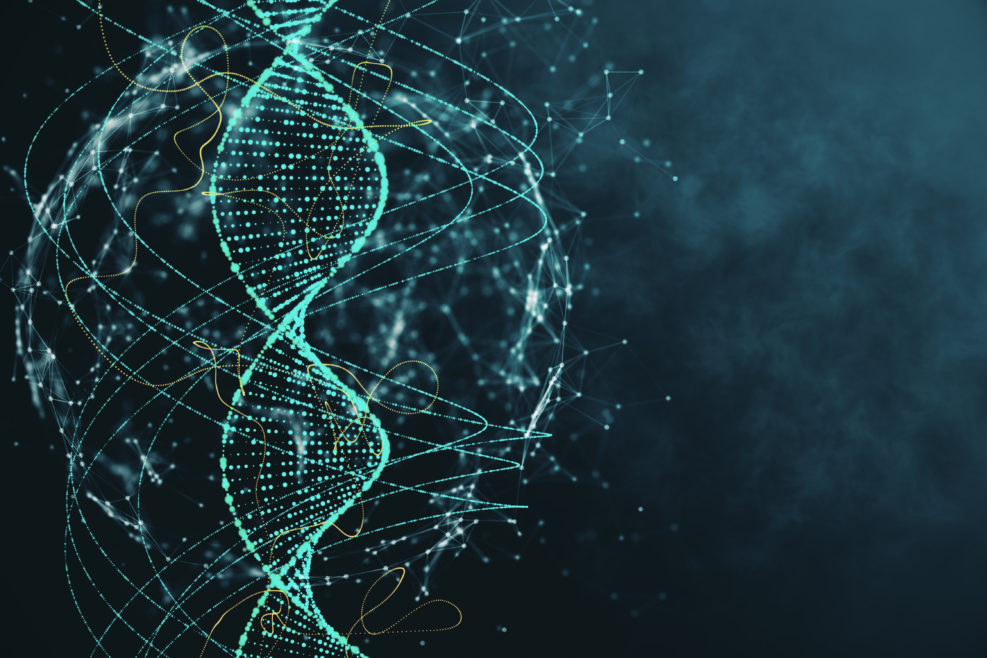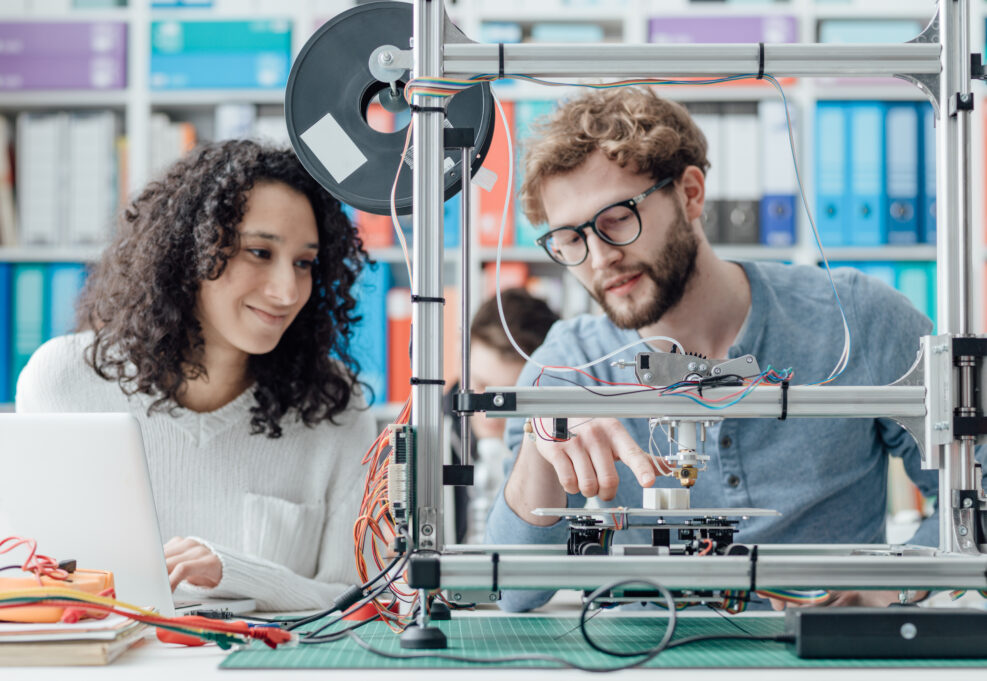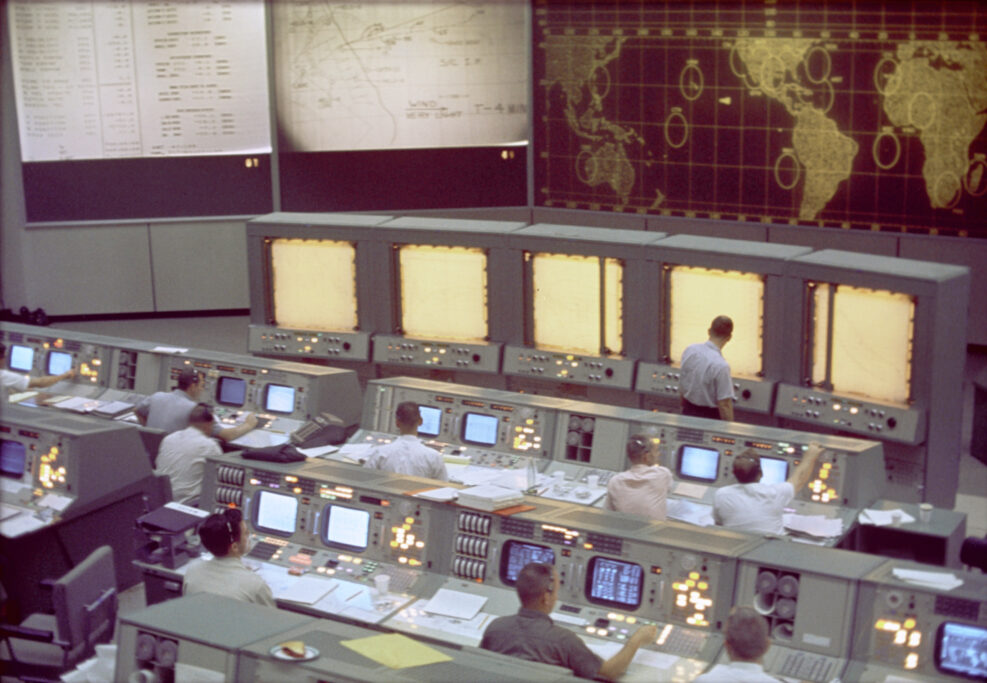
The Raspberry Pi Phenomenon
A Raspberry Pi is a full computer that is not much larger than a credit card, but still packs enough power to be usable as a desktop computerFor the uninitiated, the Raspberry Pi is a single-board computer that runs the Linux operating system. It can be either operated as a desktop computer or as an embedded system (i.e., a custom electronic device), or both. Historically, computer systems were either general-purpose computers or embedded systems. General-purpose computers required too much hardware, too many chips, and too much power to work inside an electronic device. However, as manufacturers packed more and more functionality into less and less space using less and less power, eventually it became possible to have a computer that was small, cheap, powerful, and not especially power-hungry. The Raspberry Pi came about right as this was happening. A Raspberry Pi is a full computer that is not much Read More ›




